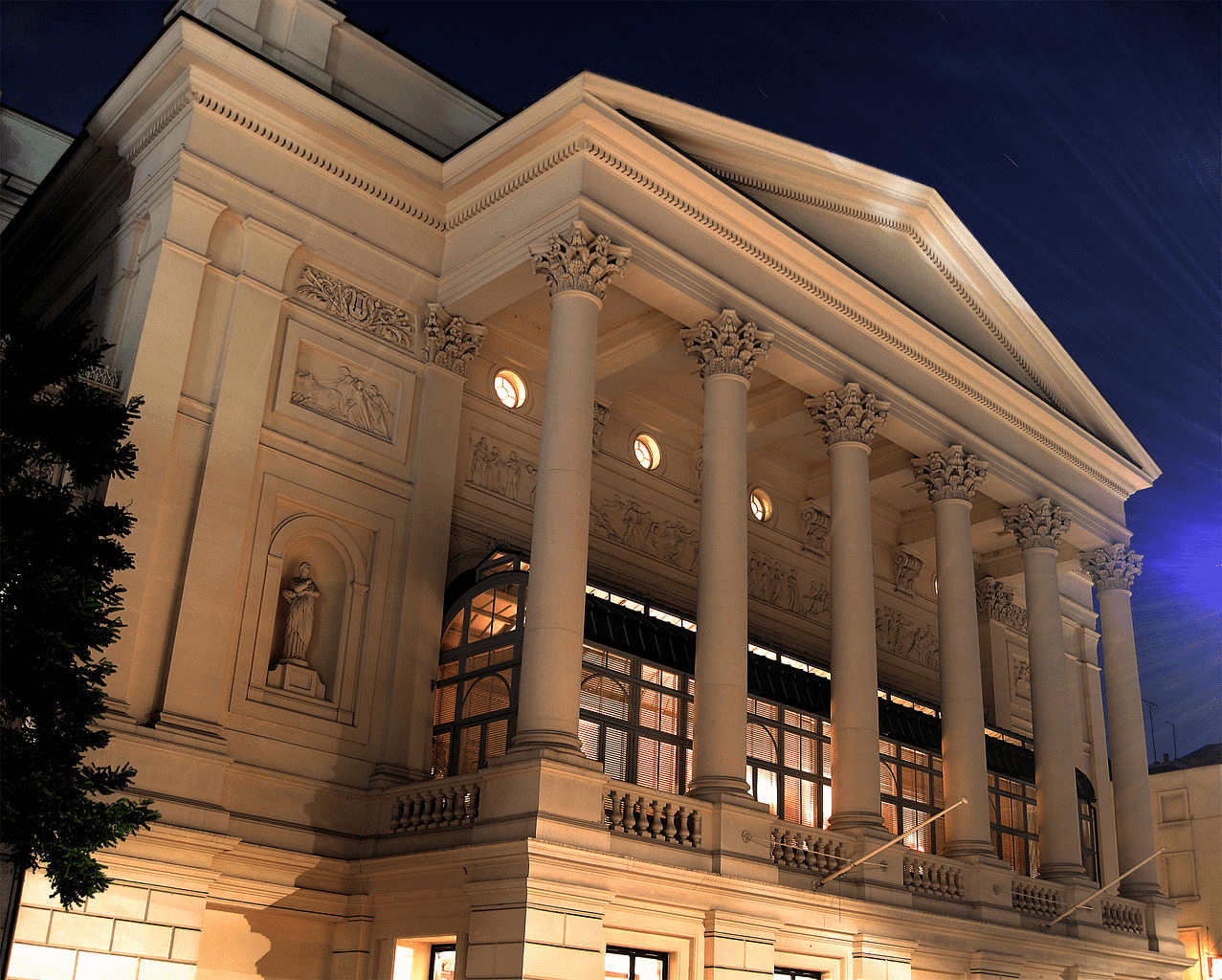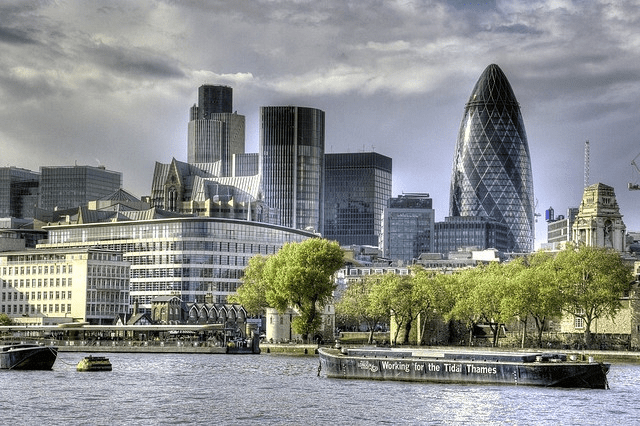London is one of the most famous cities in the world. Its distinctive feature is its unique architecture, which attracts lots of tourists every day. Refined and beautiful buildings are not only a decoration of the city but also objects of historical value. Each of them reflects some periods of the development of the capital of Great Britain. Here, you can find a kind of balance between modern trends and ancient traditions and styles. So, let’s dive into this amazing world of the history of the city’s architectural development. Learn more at london-future.
Remnants of ancient architecture

In fact, it is difficult to talk about the first architectural objects on the territory of modern London. It is about the period before the Roman settlement. However, it should be noted that the oldest is Watling Street. This street was one of the main transport routes and played an important role throughout the centuries. We should also mention Vauxhall Bridge, a well-known prehistoric transit point. However, a significant development of architecture took place after the arrival of the Romans. They began to build up the area and turned it into a city. Its plan didn’t differ from many similar cities in Europe at the time. It was of a rectangular shape with a defensive wall around it. Nowadays, the remains of this structure can be seen near the entrance to Tower Hill Underground Station. The wall, which was 96 metres high and 2.5 metres thick, went down in history as one of the largest architectural projects. Moreover, although there were no modern technologies and methods of construction in the II century, what the Romans managed to create was really impressive. Modern Cheapside and Lower Thames Street led directly to Newgate and Ludgate, thus forming the Cardo. There were other buildings characteristic of this period, such as the amphitheatre, which was a complex system of arches and pillars and had an oval-shaped arena.
Gothic style, the hallmark of London
Of course, the Romans left behind an extremely large legacy. In general, they can be called the first people on this territory who sought the development of culture. Therefore, the remains of their architecture are of important historical value. However, over time, the situation in London changed and, accordingly, a new period of the development of architecture began. One of the main turning points was the Norman Conquest. The Normans brought a new Romanesque style to the city. They built much faster. Immediately after the conquest, several fortresses were constructed along the Thames to withhold power and consolidate the occupied positions. Thus, London received unique architectural monuments that amaze even modern people.

One of the most striking examples of architecture from this period is Westminster Hall. It was built in 1097 during the reign of William II. The Normans also began building the world-famous St Paul’s Cathedral in the Gothic style. Sharp elements with an arrow vault, stone carvings and a round-shaped window impress with their sophistication. Westminster Abbey also demonstrates Gothic features and resembles French Gothic architecture.
Refinement and proportionality of Classicism

The subsequent years of architectural development were associated with the Tudor reign. The use of red brick was typical for that period. Its production became possible thanks to innovative technologies that appeared at the end of the 15th century. Buildings made of red brick are considered unique from the architectural point of view. However, a large part of them was destroyed during the Great Fire. Still, Classicism, known for its search for harmony and rational ideas, started to gain popularity in London, although much later than in other cities. It originated in Italy at the end of the 15th century and then quickly spread throughout Europe. However, in London, such buildings began to appear after about 30 years. One of the first buildings in the classical style was the Banqueting House. Its characteristic features are high windows, elegant pilasters and carved decorations. At that time, the Banqueting House stood out among other buildings, which were made mainly of wood. Classicism’s reinterpretation of the principles and ideals of antiquity underlay the creation of many cathedrals, chapels, theatres and other buildings in London for a long time.
Diversity of the Victorian era

Another interesting stage of London’s architectural development is the period of Queen Victoria’s reign. Significant changes took place in the economic, social and political spheres of the entire country at that time. The architecture of the capital of Great Britain reflects all transformational processes. The buildings of this period differed in a variety of forms and designs and also embodied prosperity and abundance. The architecture of the Victorian era is a harmonious combination of the neo-Gothic style, Renaissance and Neoclassicism. The Industrial Revolution played a huge role in the development of architecture in that period too. The global shift to more efficient and sustainable manufacturing processes has influenced the creation of railway and underground stations. The first railway was the London and Greenwich Railway, opened in 1836. Euston station, Fenchurch Street station, Waterloo station and St Pancras station appeared later. The construction of such objects required special iron frames as well as an ideal plan. So, they can be called a new level of perfection. The development of production also influenced the creation of new housing for people, as the population was constantly growing. Many residential semi-detached and detached houses appeared at that time. Their style often differed and featured the variability of decor, street planning and the creation of gardens. In general, the Victorian era presented London with some of the most diverse architectural objects.
Features of modern architecture

The period after the Second World War became a new stage in the development of architecture in London. It was marked by recovery and awakening. People were rethinking many things after the end of the war. Humanity acquired other values and changed views on life. The new trends were embodied in architecture as well. It significantly differed from previous styles. The plan of London reconstruction was also based on the main features of modernism. Postmodernism gained popularity at the end of the 1970s. The construction of tall buildings has also become relevant. One of them was the NatWest Tower, which was built in 1980. This 183-metre-tall tower looks like an alien ship and is one of the most famous buildings in London. In general, modern architecture impresses with its minimalism and brevity and at the same time sophistication and enchantment.